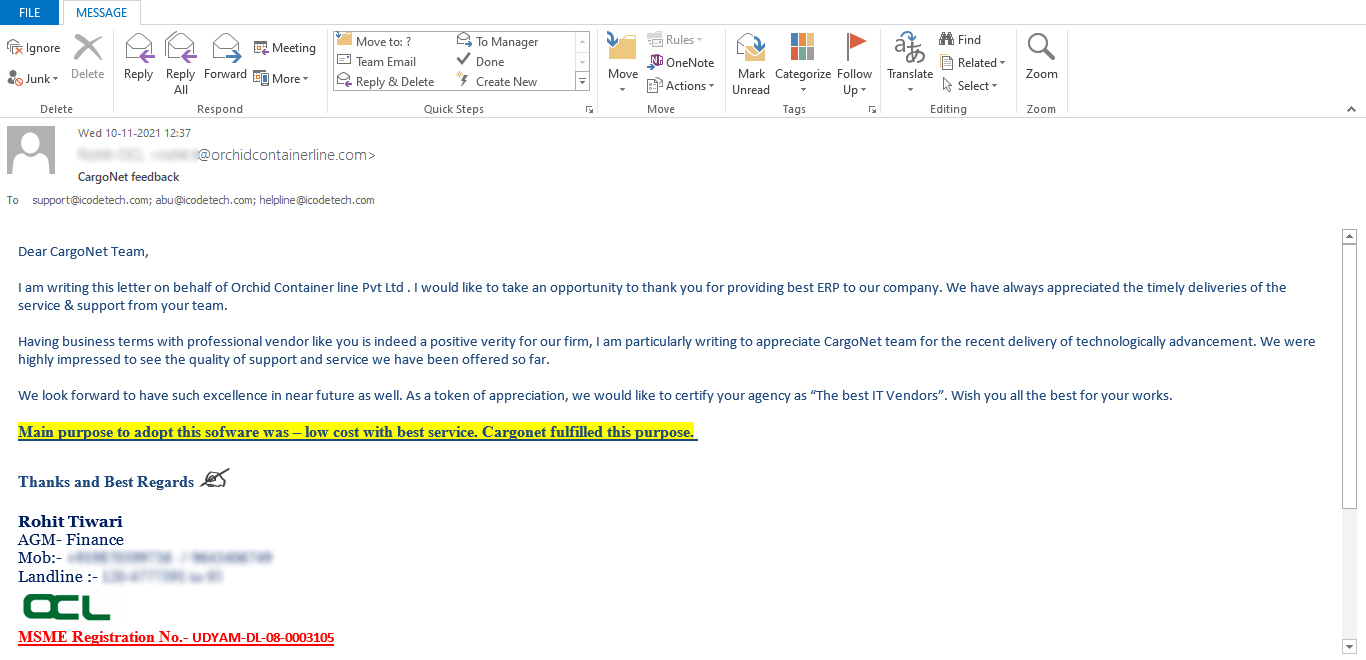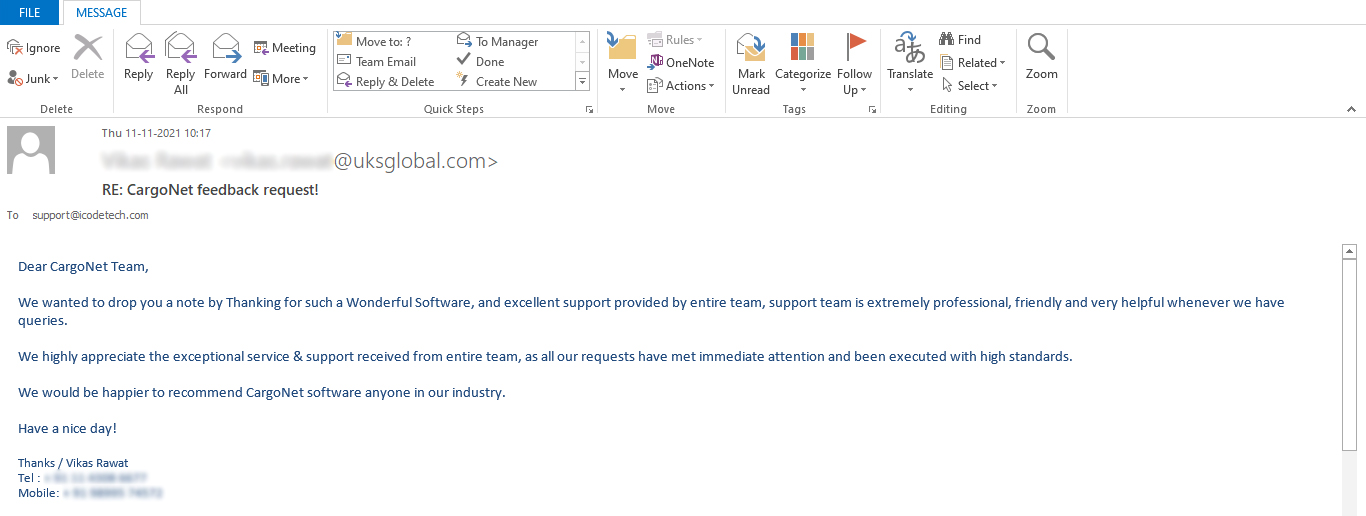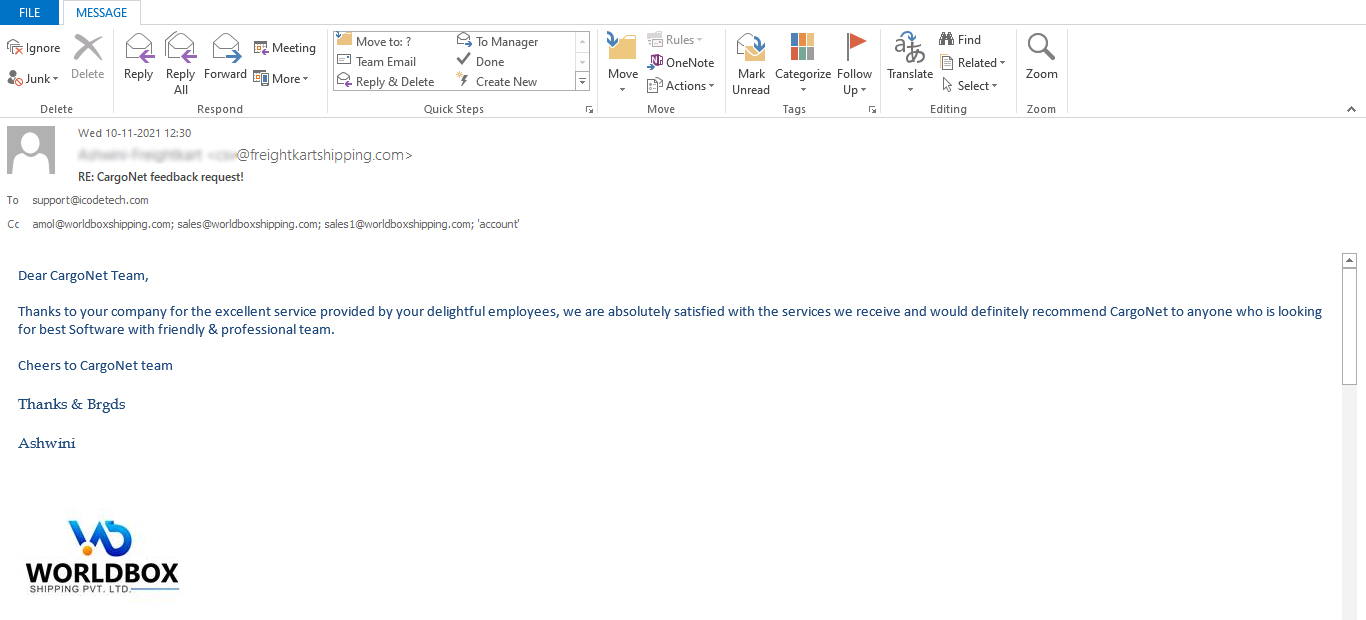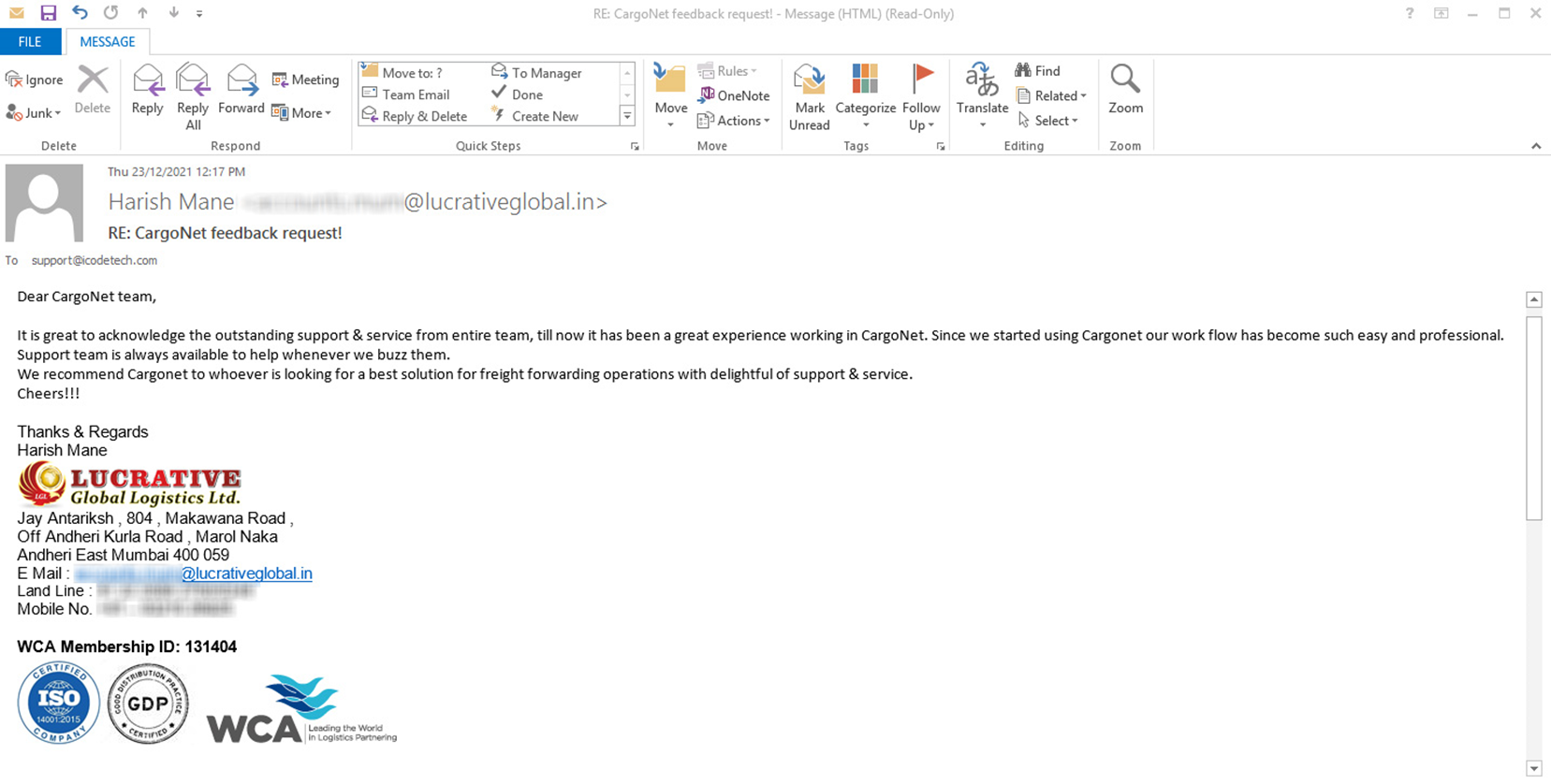The logistics industry is in the midst of a profound transformation, driven by digital technology and innovation. To stay competitive and thrive in this evolving landscape, companies need to adapt and embrace digital transformation. In this comprehensive guide, we will explore the key steps and strategies for achieving success in the logistics industry through digital transformation.
The Digital Revolution in Logistics
The logistics industry has traditionally been associated with physical assets like trucks, warehouses, and shipping containers. However, in today’s fast-paced and interconnected world, the success of logistics companies is increasingly dependent on digital solutions.
- Enhanced Visibility: Digital tools provide real-time visibility into the supply chain, allowing companies to track shipments, monitor inventory, and respond to disruptions promptly.
- Optimized Routes: Advanced algorithms and data analytics help in optimizing transportation routes, reducing fuel costs, and minimizing environmental impact.
- Customer-Centric Solutions: Digital transformation enables logistics companies to offer personalized, customer-centric services, resulting in improved customer satisfaction and loyalty.
- Cost Reduction: Automation and digital processes can significantly reduce operational costs, increasing the efficiency and profitability of logistics operations.
The Role of Digital Transformation
Digital transformation is more than just adopting new software; it’s a shift in mindset. It involves integrating cutting-edge technology and rethinking existing processes to propel the industry forward. Leveraging digital tools facilitates real-time tracking, precise data analytics, predictive insights, and seamless communication channels, ensuring a smoother, more responsive logistics ecosystem.
Advantages of Digital Transformation
The benefits of embracing digital transformation are abundant. By incorporating innovative technology and software solutions, logistics companies can:
Enhance Operational Efficiency:
Streamlining operations and automating tasks significantly improves efficiency, reducing manual errors and time wastage.
Improve Customer Experience:
Real-time tracking and communication facilitate better customer service, providing transparency and reliability.
Optimize Resource Management:
Data-driven insights enable better resource allocation and forecasting, ensuring cost-effectiveness.
Adapt to Market Dynamics:
The capacity to quickly adjust to market shifts is vital. Digital transformation provides the agility needed to respond to evolving demands.
Overcoming Challenges
While the advantages are evident, implementing digital transformation comes with its set of challenges. It involves integrating new systems, retraining employees, and ensuring a secure transition. However, navigating these challenges can lead to a transformative journey that reaps significant rewards in the long run.
The Roadmap to Digital Transformation
Digital transformation is not a one-size-fits-all process, and it requires careful planning and execution. Here’s a roadmap to navigate your journey :
Define Your Goals
Begin by identifying your company’s specific goals for digital transformation. Whether it’s improving operational efficiency, reducing costs, or enhancing customer experience, having clear objectives is crucial.
Assess Your Current Technology
Evaluate your existing technology infrastructure and identify gaps. Determine which areas need improvement and which systems can be integrated or replaced with more advanced solutions.
Invest in the Right Tools
Choose digital tools and platforms that align with your goals. These could include transportation management systems (TMS), warehouse management systems (WMS), Freight Forwarding Software , and IoT devices for real-time monitoring.
Data Is King
Data is the backbone of digital transformation. Collect and analyze data to gain insights into your operations, make informed decisions, and uncover opportunities for improvement.
Embrace Automation
Automation has the capability to enhance efficiency by simplifying repetitive tasks, minimizing errors, and streamlining operations. Implement automation where it makes sense, such as in order processing, inventory management, and route optimization.
Talent and Training
Equip your team with the necessary skills to navigate the digital landscape. Invest in training and hire experts who can drive your digital transformation strategy.
Security Matters
As you embrace digital solutions, prioritize cybersecurity. Protecting sensitive data and ensuring the integrity of your systems is paramount.
Monitor and Adapt
Digital transformation is an ongoing process. Continuously monitor the performance of your digital systems and be prepared to adapt to changing market conditions and technological advancements.
The Future of Logistics
As the logistics industry continues to evolve, those who successfully navigate the path of digital transformation will be best positioned for success. Embracing digital technology not only enhances operational efficiency but also opens doors to new opportunities and revenue streams.
In conclusion, digital transformation is not an option; it’s a necessity for logistics companies that aspire to thrive in an increasingly competitive and digital-driven world. By setting clear goals, adopting the right technology, and fostering a culture of innovation, logistics companies can chart a course to success in the digital age.
Remember, the key to success in the logistics industry lies in your ability to adapt, innovate, and stay ahead of the digital curve. So, let’s set sail on the digital transformation journey and navigate our way to a brighter, more efficient future in logistics.












